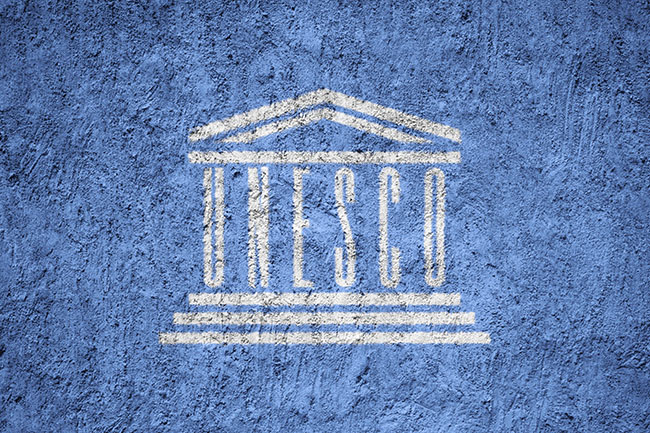Leaders from academia and industry in Hyderabad, India are stressing that humans must remain central in decision-making as AI and automation expand across society. Collaborative intelligence, combining AI experts, domain specialists and human judgement, is seen as essential for responsible adoption.
Universities are encouraged to treat students as primary stakeholders, adapting curricula to integrate AI responsibly and avoid obsolescence. Competency-based, values-driven learning models are being promoted to prepare students to question, shape and lead through digital transformation.
Experts highlighted that modern communication is co-produced by humans, machines and algorithms. Designing AI to augment human agency rather than replace it ensures a balance between technology and human decision-making across education and industry.
Would you like to learn more about AI, tech, and digital diplomacy? If so, ask our Diplo chatbot!










